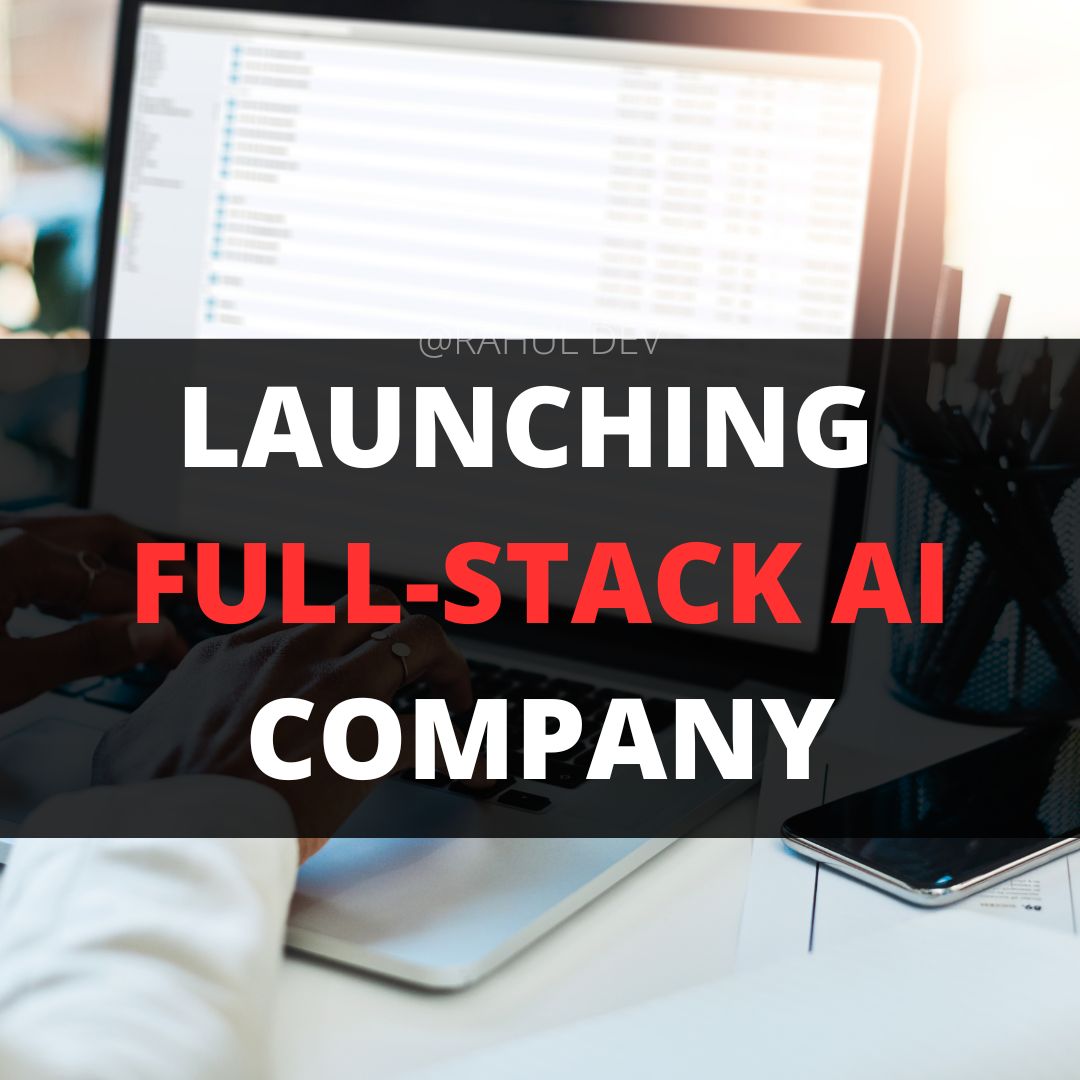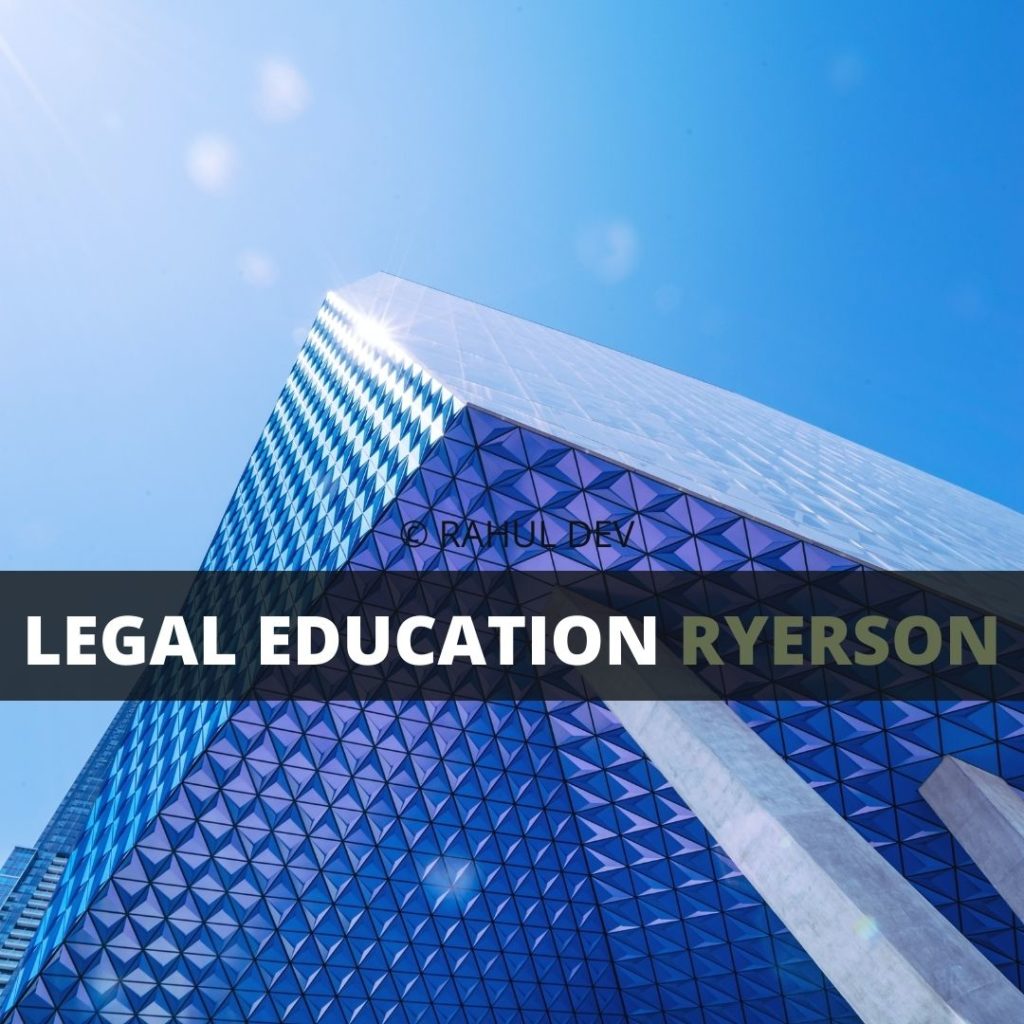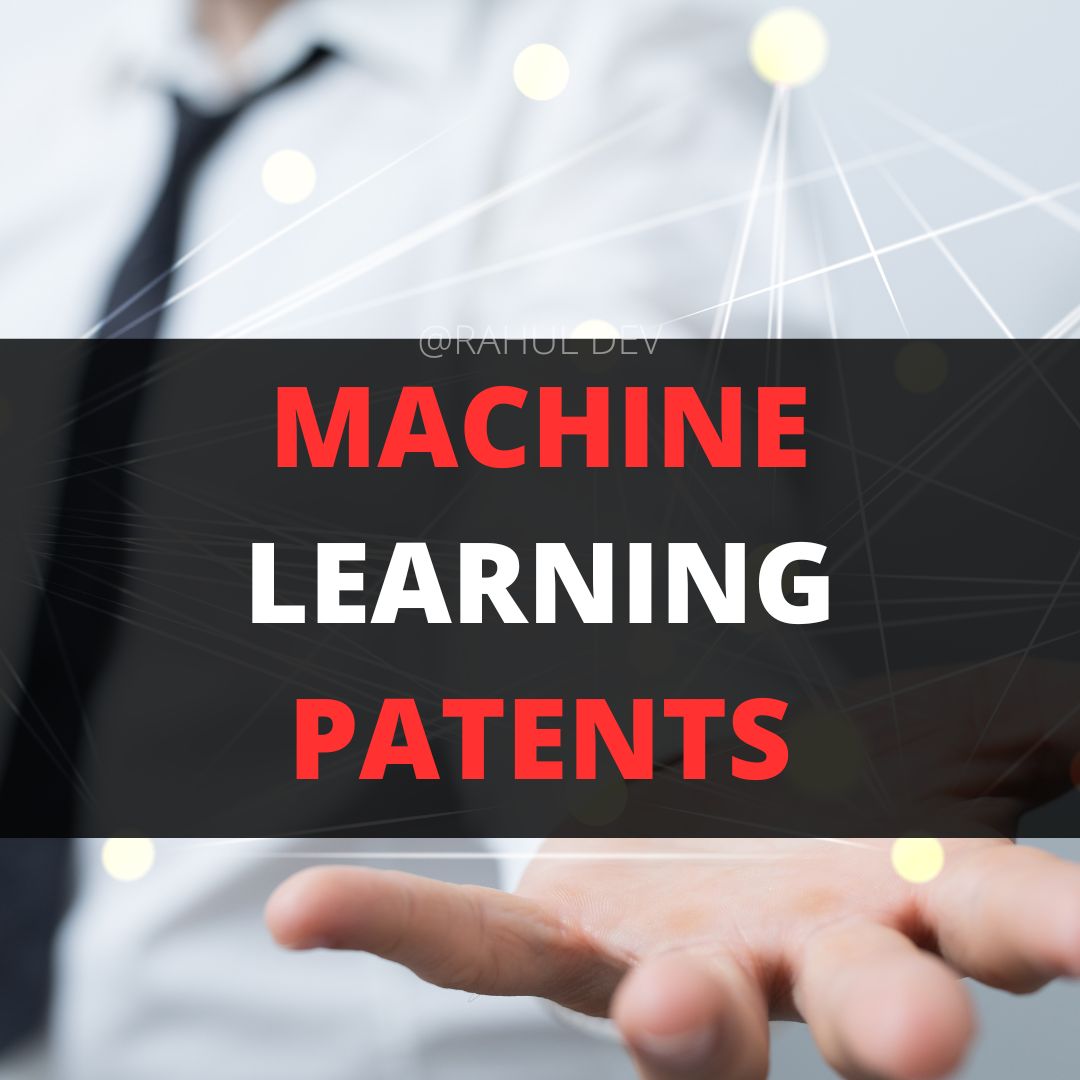
The faculty of Law at Ryerson University began changing their curriculum to adopt the advancements in technology to legal practices. The goal being, to develop practical knowledge and teach students ways to identify useful technology that helps automate legal data. The result of this change will be to provide a systematic approach to law and technology; that identifies law and encourages computational analysis in the field.
The curriculum gives technology a central role in legal practical knowledge by making courses on legal technology, coding, innovation; and entrepreneurialism mandatory for students. Ryerson’s approach provides positive legal changes; that enhance its accessibility and unravel the processes that make the foundation of legal organizations.
Learning from comprehensive decryptions on how technology affects legal formation, helps identify how digitization; and data management is utilized in an organization of people concerning law.
When the legal practitioner comprehends the way technology is used for law; they realizes how a given technology has the potential to disrupt their role as lawyers.
The curriculum has two fundamental elements.
The first is to identify how technology can disrupt legal professionals; and how insignificant education has incorporated this change into teaching.
The second is emphasizing the importance of using a systematic approach to law. Thus, the teaching pillars adopted by Ryerson are user-based learning and innovation-based learning.

Since the economic crisis of 2008, there was a steady decline in the demand for expensive legal services; which in turn bolstered the disruptive nature of legal technology.
The term “Disruption” was adopted from the field of economics and has recently been used to describe the growth of technology; that potentially can make legal services more accessible.
With the economic changes after the crisis, there was a growing need for innovative techniques that best manage interactions across various jurisdictions. This impact was felt by the legal field considerably.
Over time, two disruptive legal technologies were recognized i.e.,
Legal Technologies creating efficiencies for professionals; and
Legal Technologies creating efficiencies for non-professionals.
It has been argued that machine intelligence has the potential to affect certain key aspects of the legal field; that include Discovery of documents, Legal search, Document generation, Brief generation, and Case prediction.
These technologies provide predictive analysis through simple language searches and automated documented presentation. Electronic discovery (e-discovery) has the potential to analyze large data sets that are required as evidence in any matter.
These efficiencies can further include client data. Blockchain, for instance, utilizes systems that freely verify identities, titles, registrations, and the legitimacy of various transactions. Software programs like this, have helped eliminate the probability of human errors; and replaced legal professionals who earlier supervised commercial transactions.
With through these efficiencies, the ability to access legal knowledge has increased. While this can be blocked by the legal market to reduce the scope of unlicensed legal advice; supporters of this trend argue that standards of professional ethics remain unchanged.
However, professional liability due to technology is still ambiguous. The work done by associate lawyers to research cases, draft simple documents, and manage small matters; is now carried out by predictive programs that have web-based repositories. Thus, the structural use of such lawyers reduces within a firm and limits their ability to gain experience; for their mid-career practice.
While legal technologies have the potential to reduce the possible human errors in the structural system of a legal establishment; they also bring with them the problem of identifying responsibility. They disrupt the ability to assign responsibility for a certain decision; and subsequently affect a lawyer’s ability to represent their client effectively.
For instance, recent studies conducted in the United States have shown that predictive analytics used for determining bail in pre-trial; indicate that Black prisoners are at a higher risk of re-offending, as opposed to white prisoners. This shows that employing AI technology gives powerful actors to render algorithmic decisions; that can have a disparate influence on minority groups.
A similar issue arose in Canada’s immigration and refugee system that used automated processes for regulatory decisions; that classify immigration cases; and recommend those that stand against approval guidelines. It was found that feedback loops occurred automatically when machine learning adopted the biases that were built into identifying different characteristics such as income, race, residency, etc.
They use a refugee’s application to develop a plausible story that may be false and in consequence affect their chances of being approved. This type of proxy discrimination is not only hard to identify in an established system, but also difficult to amend, as such programs are places for long-term purposes.
Another issue raised is the liability of accidents caused by automated vehicles including self-driven cars and drones. There is an obvious violation of human rights when automated drones carry out surveillance for warfare by any organization or entity. Thus, Al has brought about new obstacles on how to identify rights and responsibilities that arise from actions of non-human entities. Further, there is also the likelihood that perpetrators can transfer their liability to automated systems, to affect their legal authority.
There has been a persistent argument in the institutional education of law students, that they are only introduced to law and their underlying theories, rather than being prepared to use technology in their practice as the latter plays a big part in today’s world. There is a need to educate students on how to understand, examine, explain and regulate legal systems through new legal technologies.
This has been recognized by various law schools and to include such advancements in their curriculum, they have added technical components like virtual learning systems, computer-supported peer review systems, and presentation technologies. Such changes not only help students develop necessary communication skills but also help advance the field of legal research and writing, interviewing, and dispute resolution.
Further, students are now presented with elective courses and legal clinics on technology, that help them identify legal problems effectively and use technology to solve them.
Different schools in the USA use A2J Author Software to create applications that can change the tacit data provided by lawyers based on their experiences, into information that can be seen and observed by under-served communities. Students use this software to learn substantive and procedural law to best represent their client’s needs.
Such courses provide students with the ability to apply their contextual learning on technology to a pedagogic tool. They help with skill training by relating substantive law of competencies including client interviewing, counseling, communication, investigation, drafting, etc.
However, the process of incorporating technology into legal education does pose certain problems. The main concern is that law students do not have the skill or experience to work with computational technology.
The move towards an algorithmic society is not possible as students do not have the necessary foundations in math and statistics, and mere course materials can be too complex to understand these concepts.
Though many scholars argue that such courses which introduce law students to statistical analysis can increase their ability in statistical sampling for frauds, algorithmic sentencing, data-driven transaction, etc., the courses themselves have a very narrow scope.
Another concern raised against these courses is that they may be built on a bias towards corporatists and commodifying trends in legal education. Law schools are required to train students to practice law in ways that have a quicker return on investment for firms.
A highly competitive legal climate prejudiced by corporatism forces legal education to emphasize market results and forego education that helps reflect on the law. Thus, there is an ongoing debate on whether this emphasis will produce a positive-managerial concept of law that students cannot change in their future practice.
Lastly, another apprehension in embracing technology comes from whether individual small firms have the potential to use emerging technologies and whether they can offer such training once in practice. The legal profession’s lessening interest in training new lawyers does not change the need for law schools to concentrate on teaching critical legal analysis, rather than everyday practical experiences.
There is a need to raise the consciousness of how rights are framed through technology. Thus, in the process of training students, the concept of legal knowledge must include a series of structures that reinforce institutional uses, be it corporate or administrative. Systemic learning emphasizes the structural systems used to obtain other knowledge.
In law school students are introduced to the principles that govern the formulation and implementation of the law. This helps them identify the outcome these legal statutes sought. Similarly, in systemic learning students are taught the legal outcomes of jurisdictional differences.
These programs use inter-disciplinary teachings wherein students are compelled to learn about multiple legal systems throughout the world. They are taught to make them understand the system within which the law functions.
When systemic learning is brought to law and technology the substance and principles are rationalized, as technology can alter the law in ways that cannot be easily explained by mere legal analysis. Thus, the effect of technology can disempower legal professionals when clients need them to deal with matters concerning technology itself.
Recognizing these aspects, Ryerson has made technology fundamental in its new legal program through a central curricular that ensures technology skills. Students undergo extended mandatory course work that includes intensives on non-legal subjects.
Technology factors into this curriculum through User-Based Learning and Innovation-Based Learning. The former involves the technical capacity to work with existing technologies and analyzing their effects.
The latter shows students the method used to think about the design and adoption of prospective technology. These learning approaches provide better knowledge and training to identify cases where the core outcomes of given laws are changed through procedural or computational technologies.
User learning prepares students to employ technologies that are already available in the field, such as processes used for court filings or regulatory approvals, and other digital and computational methods.
Ryerson’s first-year mandates that students must apply for courses like contracts, torts, criminal and administrative law, as they must first gain proficiency rule identification and application through conventional learning. However, first-year students are also taught by practitioners who introduce them to practical applications.
The two technology intensives in the first and second year of the course give students hands-on training in technically specialized skills, technological entrepreneurship, and design. The coding intensive gives students ways to execute data analytics that help devise solutions to different problems through basic programming software.
Further, Ryerson’s includes technological skills as a national entry to practice competency. These are:
Some second-year courses in Business Law and Civil Procedure are planned around intensive doctrinal learning and computer-generated practice.
Students are grouped as a simulated firm and develop practical work concerning two important subjects. Here, simulations help students use principles in combination with practical technologies. For example, students are trained in how to use “low-tech” technologies in legal practice, including Word, Excel, PDF, and Google Docs, in addition to legal technologies that are the mainstay of legal practice.
When students employ technology to reach a specific outcome for an assignment, they experience that particular program. E-discovery simulations indicate this training wherein students review documents, cases, and best practice guidelines, plan meetings, utilize e-discovery, interrogate, and draft requests that reflect digital sources.
The main problem with user-based learning is that it can often forego valuable lessons that come from critical and creative thinking. Practical education has the prospect of promoting critical legal thinking and its impact on markets more efficiently than its classroom theoretical counterparts.
However, the obstacle is that these approaches need space in the already heavy curriculum. Here systemic learning approaches can be used to broaden advocacy for the use of technology itself. For instance, a doctrinal method to teaching technology can address difficult patterns in a feedback loop that influences the rights previously protected by law.
Students are trained to develop legal arguments that reaffirm the freedom of a rights-holder in that program. Training students to recognize the legal influence of technology is achieved through writing, programming, and oral arguments that grow socio-legal analysis.
This socio-legal approach makes students delve into the effect of the law on systemic characteristics. It brings attention to the non-legal subjects of law, such as transactional realism. A general approach to this is producing law based on the examination of stakeholder requirements.
Science and Technology experts have discussed these operational subjects in their explanation of how the law operates and influences others. These explanations are developed keeping in mind various societal needs that shape scientific outputs, environmental regulations, society’s processes, and technological impacts.
The internet does not alter the blanket assent that underpins the understanding of the standard form consumer contracts. However, the medium of the contract can have a unique effect on factors that normally impact understanding.
Thus, in user-based learning practical technology is used in conjunction with social science methods that give students a critical understanding of the law-technology interface. Students use this understanding to recognize social requirements and adapt them to suitable political claims that can be accessed or executed.
Further, simulation in the second year also helps students familiarize themselves with the substantive law required for guiding and drafting procedural documents.
Ultimately, third-year students, dwell on their own experience with transactional learning. This provides successful outcomes wherein lawyers always fulfill the learning objectives and capabilities required to imitate authentic practice.
The comprehensive insights of those employing simulation will be useful in revising the technology learning outcomes.
In innovation-based learning, students are engaged in designing processes, digital systems, and computational practices that can bring about some social good. Innovation training is carried out through mandatory technology courses that include Data, Coding, and Social Innovation and Access to Justice and Technology.
In Data, Coding, and Social Innovation, students recognize an evolving legal concern through data analysis. The emphasis is to utilize data analytics and information development software to produce multi-faceted solutions.
Attention to social innovation helps identify changes in legal education concerning problem-solving, community, law reforms, and innovation for social good.
However, this course needs students to use large data sets to evaluate social problems and relevant that will therefore lead to socio-legal scholarships and undertake stakeholder interviews. They may also use legal analytics to predict future needs.
In Access to Justice and Technology, students categorize obstacles to justice, recommend solutions, and favorably evaluate them. Using accessible technology, students generate solutions that help make legal services more accessible for entities with limited resources.
This turns students in the direction of creative developments as an initial step to approach the law and use econometrics and machine learning to develop prototypes.
Innovation training is strengthened by Ryerson’s Legal Innovation Zone (LIZ) and Ryerson’s Cyber-Security Catalyst. While the LIZ is Ryerson’s initial incubator that assists legal tech entrepreneurship, the Catalyst is a source of cybersecurity training and policy development.
Thus, they provide iterative experimentation in the classroom to teach students to find the right issues to solve, find solutions via prototypes, examine them, and persuade others to use them.
Innovation-based learning has numerous potential learning outcomes, such as teaching students to serve clients who are creators and are impacted by innovation. Lawyers need to understand how the advanced points of technology work.
Programs that give importance to one explanation over another involve adjudicators in evaluating technological design. Advocacy thus needs lawyers to explain the impacts of program design on legal rights and policy preferences.
The absence of technical to rationalize and advocate for shifts to technology is a special obstacle for those entrusted with fulfilling stakeholder expectations. Administrative bodies continue to embrace developing technologies in their service, without hiring employees competent to understand, assess, and explain them.
This gives the private sector control, as governments become increasingly dependent on small companies of providers Smart contracts, that self-execute and restrict the reliance on advocates, demonstrate this separation in the private sector.
There are issues with the data points in these contracts, as the verification tools involve the need for analysts to assess a technology’s importance to the contracting parties. Advocates who assess the legal significance of complicated algorithms and enhance them hence perform a critical role in an automated future.
An additional consequence of innovation learning that pursues the systemic effects could be to give students the chance to be innovators. Legal innovation is implicitly linked to inventiveness and design thinking as it adopts a problem-solving strategy with a distinct set of qualities.
Instead of restricting the ideas of creation to great breakthroughs by extraordinary individuals, they predict a future where people can utilize design thinking as a common language to understand problems.
A problem-solving technique complements other competent methods, leading to democratized design for collective actions. Instead of creating inventions that make legal disputes cheaper and more accessible, the need is to adopt methods that can allow more egalitarian access to justice.
For instance, collective action technologies include creative reasoning about resisting disincentives to personal actions. This not only intends to conquer a company’s disinterest in personal revocations but also strong interest in large-scale revocation.
The third result of innovation learning that supports systemic effects would be to educate students to be fundamental users of inventions. Teaching designs in a law school needs awareness for innovative design and who will determine its expenses and benefits.
A recent study in the author’s document and its usage of crowdsourcing law and strategy to reconsider crowd-civic systems, employed design thinking to welcome both the alternatives and challenges of crowd-civic systems.
This study concentrated on various important issues, including those whose perspectives are prioritized in crowd-civic systems, how the findings are utilized, how findings from various systems can be correlated, what obstacles and threats exist, etc.
To educate advocates so that they furnish the same legal service that generations of solicitors have offered is essential but not adequate for future processes. Integrating technology into legal teaching is the direction to move. Establishing a space in the legal curriculum to provide a systemic process to law and technology is important to expanding critical reasoning for legal services.
There is tremendous suspicion that the technology movement can be integrated into legal schooling in a manner that makes a real difference. Nonetheless, forestalling curriculum reform affects universities in the form of technology and law as a privileged practice area.
Claims encompassing technology expect the involvement of computer science and programmers who recognize the law and legal responsibilities or advocates who comprehend programming. At Ryerson, there is a pragmatic action to equip students to assist customers more efficiently.
Once one starts to address the notion that law is deeply implicated in the technology, then what is at risk is the important part that advocates play as proponents concerning those technologies.
Our team of advanced patent attorneys assists clients with patent searches, drafting patent applications, and patent (intellectual property) agreements, including licensing and non-disclosure agreements.
Advocate Rahul Dev is a Patent Attorney & International Business Lawyer practicing Technology, Intellectual Property & Corporate Laws. He is reachable at rd (at) patentbusinesslawyer (dot) com & @rdpatentlawyer on Twitter.
Quoted in and contributed to 50+ national & international publications (Bloomberg, FirstPost, SwissInfo, Outlook Money, Yahoo News, Times of India, Economic Times, Business Standard, Quartz, Global Legal Post, International Bar Association, LawAsia, BioSpectrum Asia, Digital News Asia, e27, Leaders Speak, Entrepreneur India, VCCircle, AutoTech).
Regularly invited to speak at international & national platforms (conferences, TV channels, seminars, corporate trainings, government workshops) on technology, patents, business strategy, legal developments, leadership & management.
Working closely with patent attorneys along with international law firms with significant experience with lawyers in Asia Pacific providing services to clients in US and Europe. Flagship services include international patent and trademark filings, patent services in India and global patent consulting services.
Global Blockchain Lawyers (www.GlobalBlockchainLawyers.com) is a digital platform to discuss legal issues, latest technology and legal developments, and applicable laws in the dynamic field of Digital Currency, Blockchain, Bitcoin, Cryptocurrency and raising capital through the sale of tokens or coins (ICO or Initial Coin Offerings).
Blockchain ecosystem in India is evolving at a rapid pace and a proactive legal approach is required by blockchain lawyers in India to understand the complex nature of applicable laws and regulations.
Read About Patent FIling Guide



